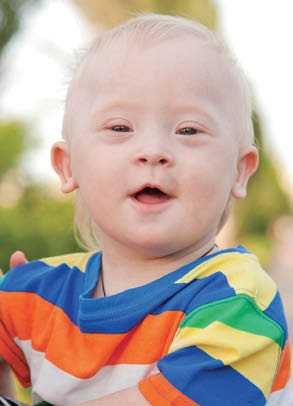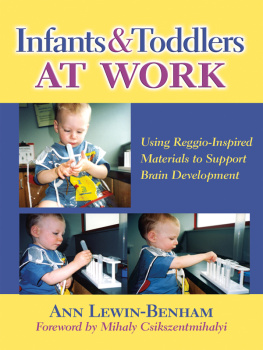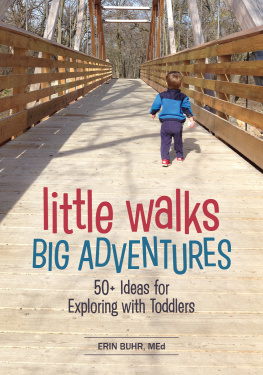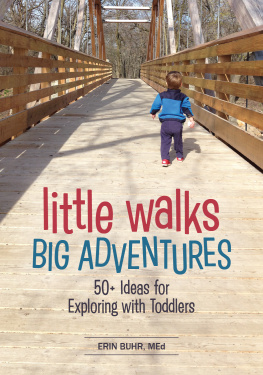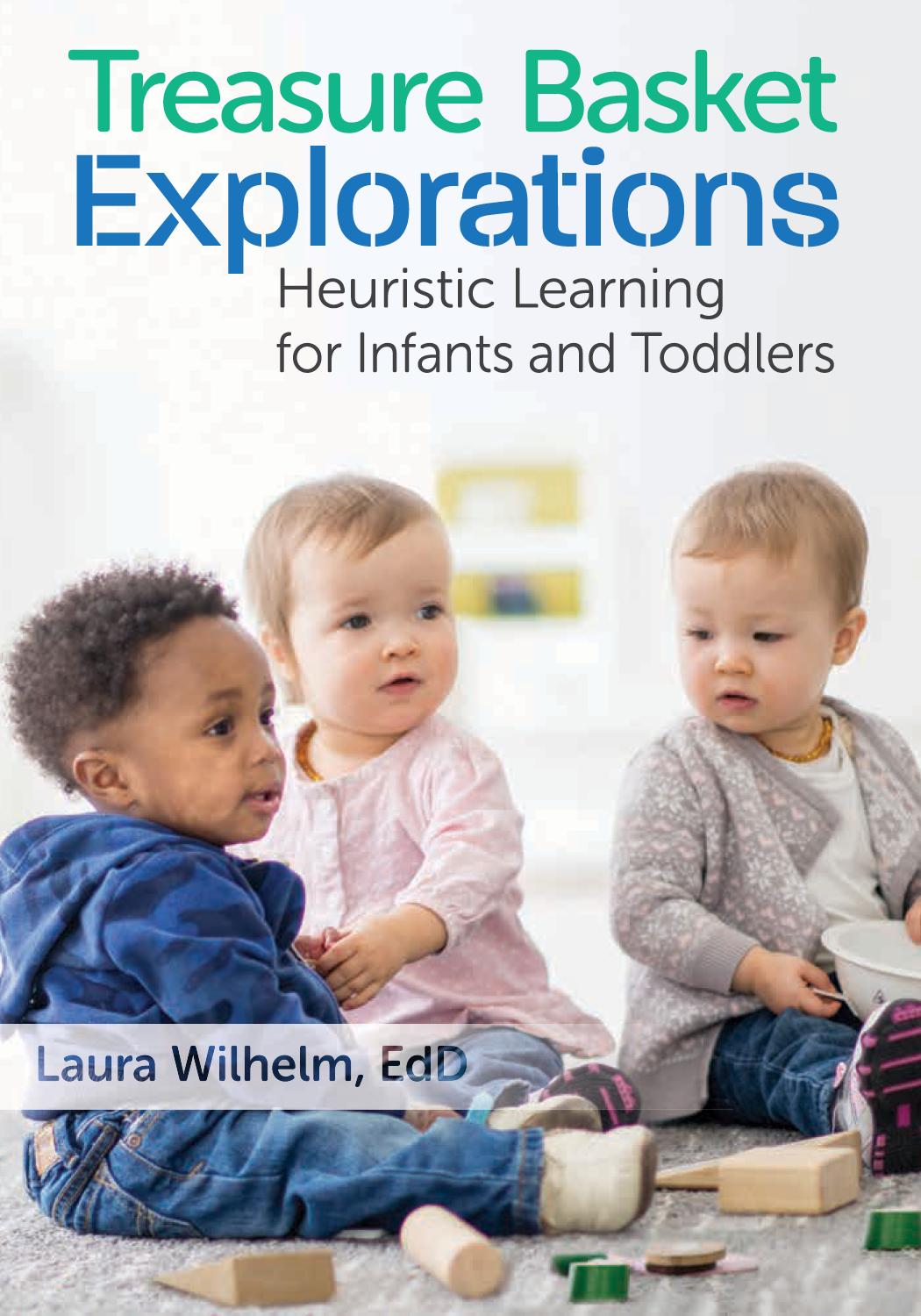Contents
Copyright
2017 Laura Wilhelm
Published by Gryphon House, Inc.
P. O. Box 10, Lewisville, NC 27023
800.638.0928; 877.638.7576 (fax)
Visit us on the web at www.gryphonhouse.com.
All rights reserved. No part of this publication may be reproduced or transmitted in any form or by any means, electronic or technical, including photocopy, recording, or any information storage or retrieval system, without prior written permission of the publisher. Printed in the United States. Every effort has been made to locate copyright and permission information.
Cover photograph courtesy of Shutterstock.Photography by Bree Hines, Stacey Hines, Goldie Thompson, Kathryn Riley, Hope Wiggs, Ginger Welch, and Laura Wilhelm. Some interior photographs used under license from Shutterstock.com.
Library of Congress Cataloging-in-Publication Data
The Cataloging-in-Publication data is registered with the Library of Congress for 978-0-87659-575-6.
Bulk Purchase
Gryphon House books are available for special premiums and sales promotions as well as for fund-raising use. Special editions or book excerpts also can be created to specifications. For details, call 800.638.0928.
Disclaimer
Gryphon House, Inc., cannot be held responsible for damage, mishap, or injury incurred during the use of or because of activities in this book. Appropriate and reasonable caution and adult supervision of children involved in activities and corresponding to the age and capability of each child involved are recommended at all times. Do not leave children unattended at any time. Observe safety and caution at all times.
Dedication
Dedicated to the babies and toddlers who patiently teach usand to all the grown-ups who listen.
Acknowledgments
Special thanks to Carolyn Lamiell and her enthusiastic team at Southern Hills Child Development Center, as well as to Dianna Ross, Margaret Napier, and the rest of the wonderfully helpful people at the Cleo L. Craig Child Development Laboratory at Oklahoma State University. This book is possible because you welcomed us into your world!
An enormous thank you to all the beautiful children who appear in this book (and to those who dont) for sharing a glimpse into the serious business of learning.
And thank you to the wonderful folks behind the cameras: Hope Wiggs, Kathryn Riley, Stacey Hines, Bree Hines, Goldie Thompson, and Ginger Welch.
Introduction
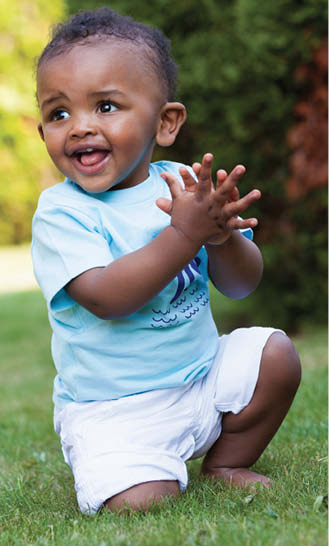
Treasure baskets and heuristic play were conceived by Elinor Goldschmied, a pioneer of early care and education in the United Kingdom, Italy, and Spain. In her 1994 book, People under Three , she and coauthor Sonia Jackson assert that babies and toddlers deserve as much respect as adults give one another. They knew, as many parents and grandparents know, that babies often prefer to play with ordinary objects such as kitchen utensils and even the box a toy came in rather than the commercially made toy itself. A treasure basket filled with ordinary items can be endlessly fascinating to a young child.
Goldschmied envisioned treasure baskets as a special activity reserved for children during that short period of life when they are able to sit comfortably but are not yet mobile. For children who are walking through age three, she adapted to their newfound mobility and drive to explore by developing a related approach: heuristic play. The term heuristic refers to discovery by a trial-and-error method. Because a child who has learned to walk will rarely be content to remain seated at a basket, heuristic-play sessions begin with the family member or teacher setting up small collections of interesting materials around a room. The children then have time and freedom to explore the new treasures.
Goldschmied believed that the youngest children, once thought of as helpless creatures, are actually amazingly capable people. For anyone who takes the time to watch, her approach showcases a childs capabilities. Observing treasure baskets and heuristic play gives adults opportunities to see children use trial and error, which makes their thinking visible. Rather than defining infant and toddler classrooms in terms of things the babies cant doplay on the preschool playground, paint in the art room, or eat lunch with the other classeswe can see what these people, so new to the planet, have already figured out and are in the process of determining. Use this book to inspire incorporation of open-ended explorations into your infant and toddler program. The children will benefit, and so will you!
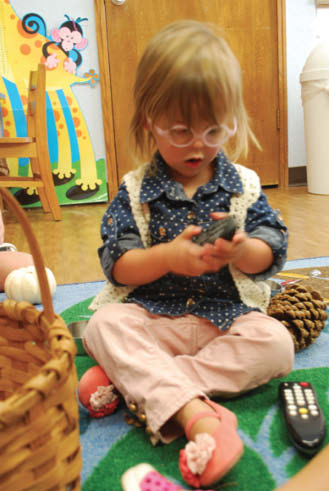
Chapter 1 Creating a Space for Exploration
All beautiful things encourage a childs sense of wonder, and everything that encourages a childs sense of wonder is beautiful.
Mitsumasa Anno, Japanese illustrator and childrens author
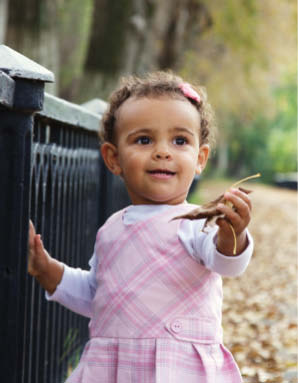
B abies joyfully move their own bodies and interact with adults during the first few months of life. This is all the entertainment they need. Then, around three months of age, babies hands become their first toys. Accidentally at first, then intentionally, they are able to swipe, grasp, and move objects by themselves. A new sense of wonder and excitement about the big wide world frames their first big question: What is this? To find an answer, babies explore in every way they can: looking, moving the thing with their arms, hands, or feet, and ultimately bringing it to their mouths to be gnawed on. Gumming gives the baby more information about the objecthow it tastes, how it smells, and how it reacts to the pressure of being gummed. It may also bring relief to tender gums about to sprout new teeth. This stage of new discovery is the perfect time to introduce treasure baskets.
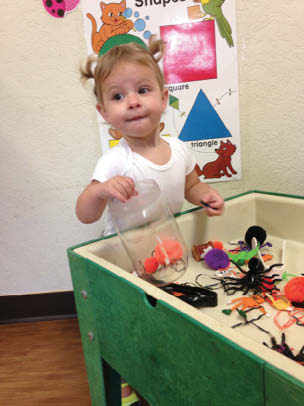
Infant-toddler classrooms are often arranged for adult convenience and to comply with safety regulations. Even homes tend to fill up with things to put babies in, including cradles, carriers, bouncers, swings, high chairs, play seats, propping pillows, and strollers. A baby who is strapped in is not free to move his body and explore his surroundings.
Providing a treasure basket and the time to explore it will create opportunities to capture a babys interest when he is calm but also actively engaged and curious. The watchful adult following the babys interests can help him form secure attachments. Psychologist George Forman, coeditor of The Hundred Languages of Children , believes in the power of ordinary moments in infant and toddler classrooms. He asks teachers to wear small video cameras to capture everyday interactions, which he then uses to illustrate important concepts of child development. Treasure baskets and heuristic play can help us notice the same powerful moments.
